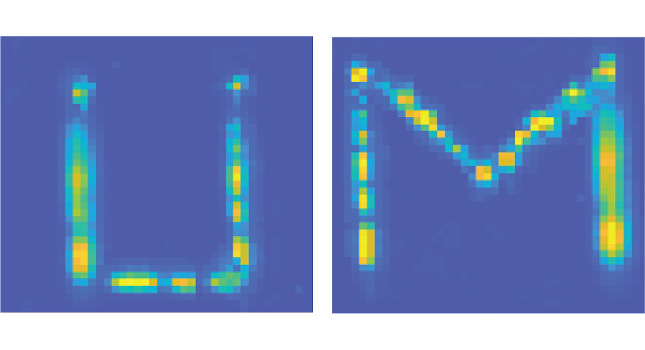A team of academics from the University of Michigan has developed self-powered and self-erasing chips that they hope could be used as an anti-counterfeit or tamper-detection system.
The new chips have been built with the help of a new material that changes its color while it temporarily stores energy.
The material consists of a three-atom-thick layer of semiconductor laid on top of a film of azobenzene molecules.
The semiconductor is known as “beyond graphene,” and has a special property that it can emit light when its molecules vibrate at certain frequencies.
When the two are combined, the azobenzene molecules pull on the “beyond graphene” semiconductor, causing it to vibrate in its special frequency range and emit light.
This reaction effectively allows academics to “write” visible messages on the chip itself.
However, azobenzene molecules also naturally shrink when in contact with ultraviolet light, such as the one found in normal sunlight, meaning the chip can store its message in the dark but will be erased when exposed to the sun or artificial UV light.
This makes this new material ideal for creating anti-counterfeit seals that can be applied to products to verify their authenticity or as tamper-detection systems that can be installed inside sensitive systems.
For example, a barcode or QR code can be printed on chips installed inside commercial products or security systems. If the barcode is missing at an audit, the inspector can determine that a hardware product is a fake or that a secure system’s casing has been opened and the product was most likely tampered with.
Currently, this material’s only downside is that it can only store messages of up to seven days before the semiconductor and the azobenzene molecules stop interacting with each other and the chip self-clears.
The next step for the University of Michigan team is to extend the material’s lifetime beyond the current week to something in the range of months to years, where it could reliably stand to be incorporated into commercial systems.



